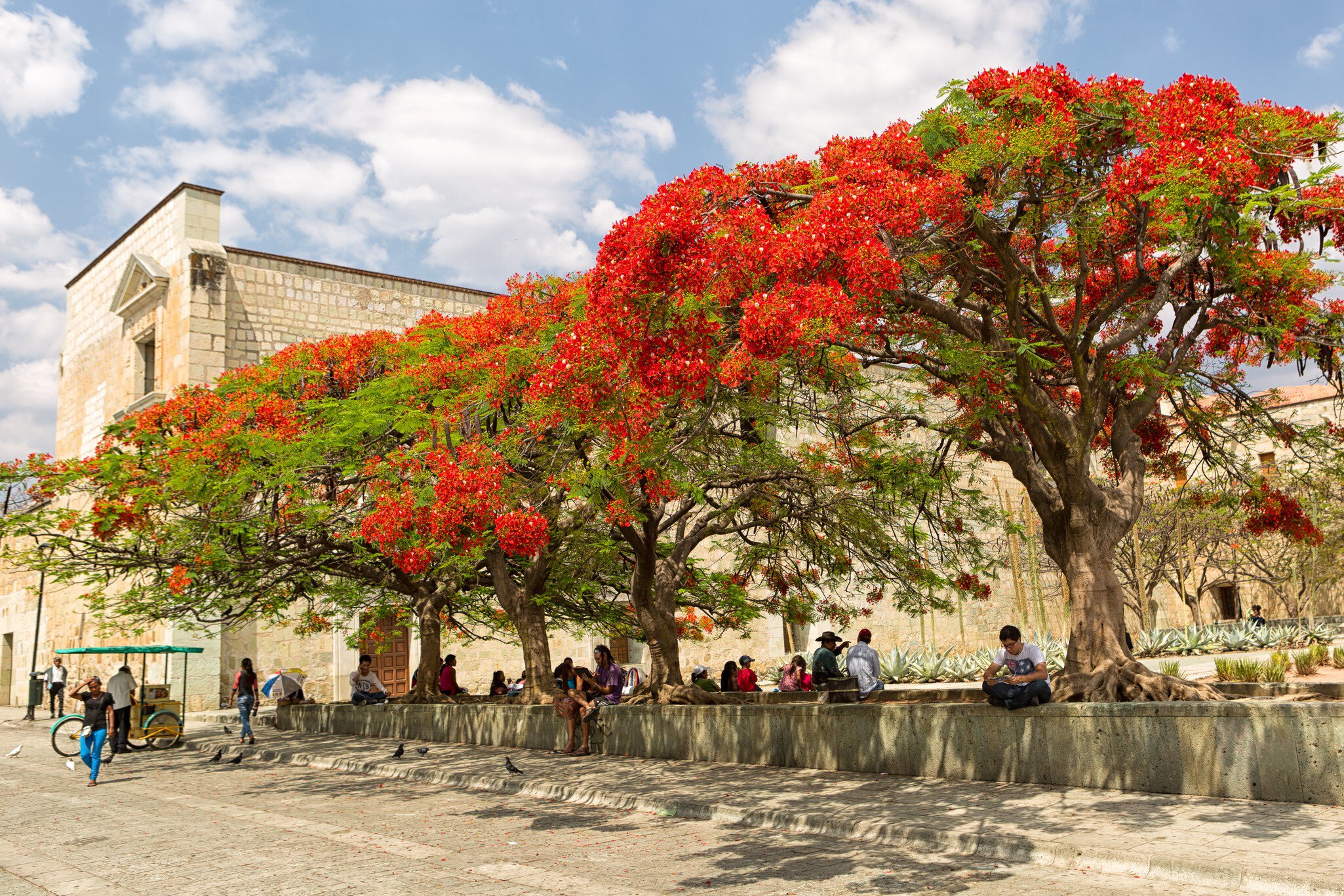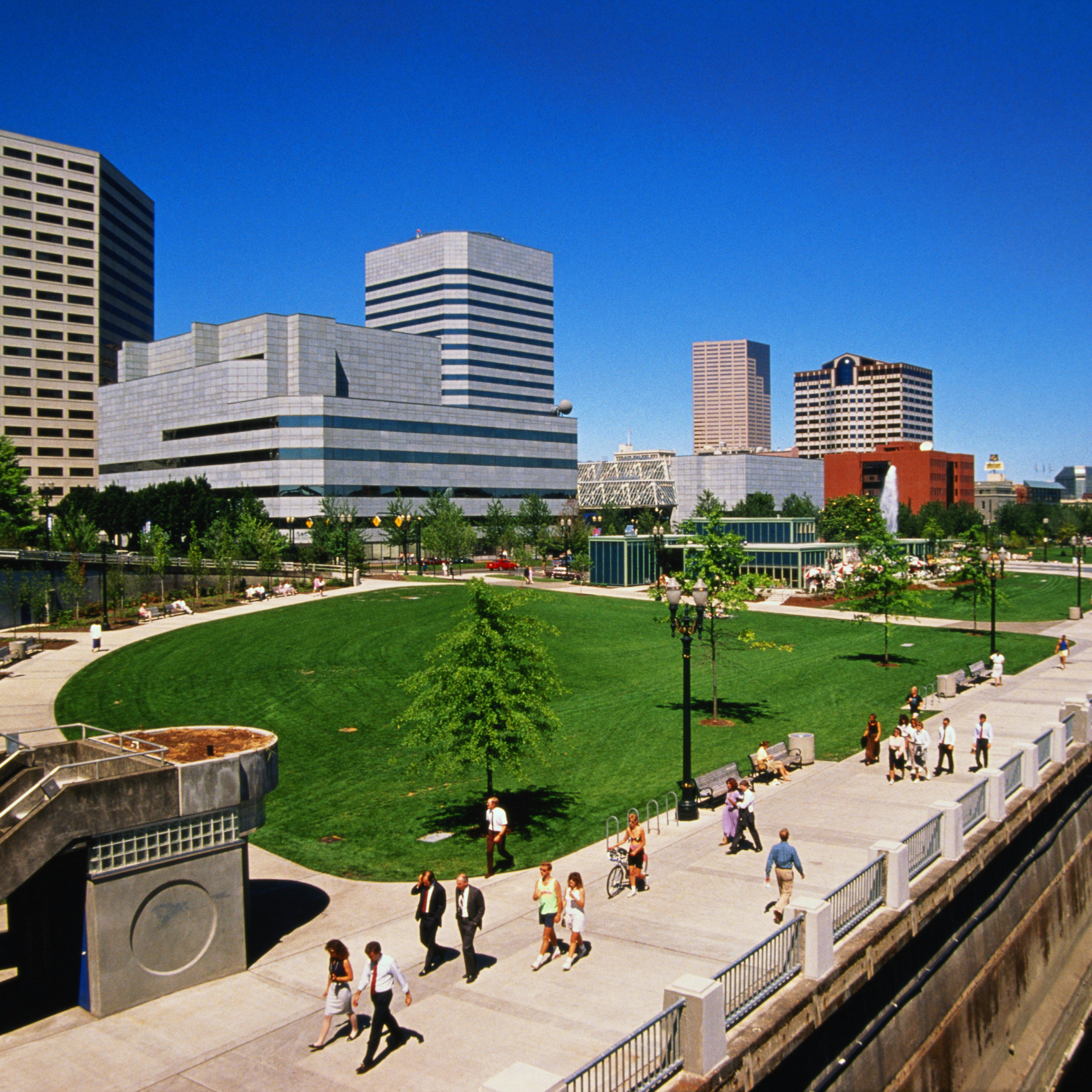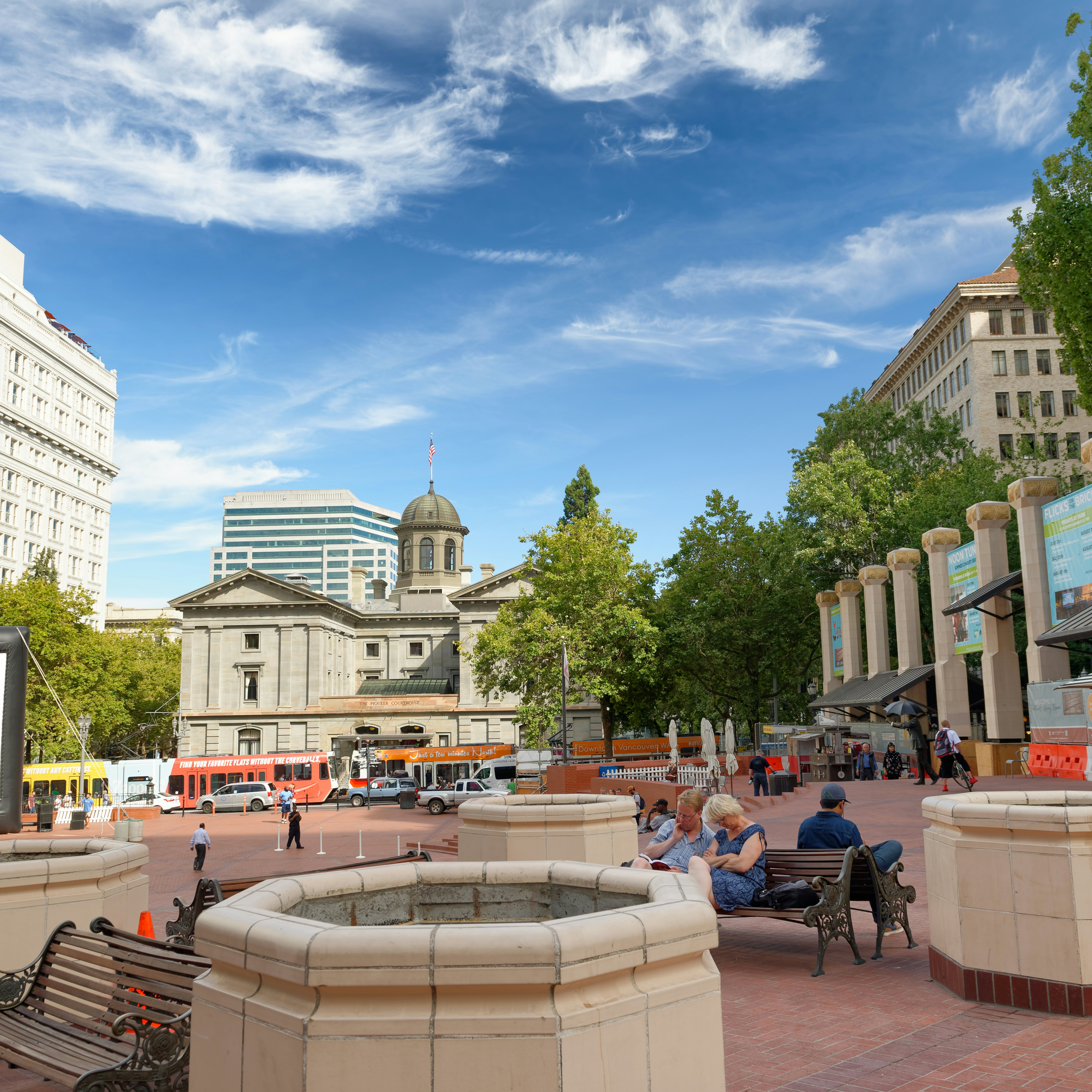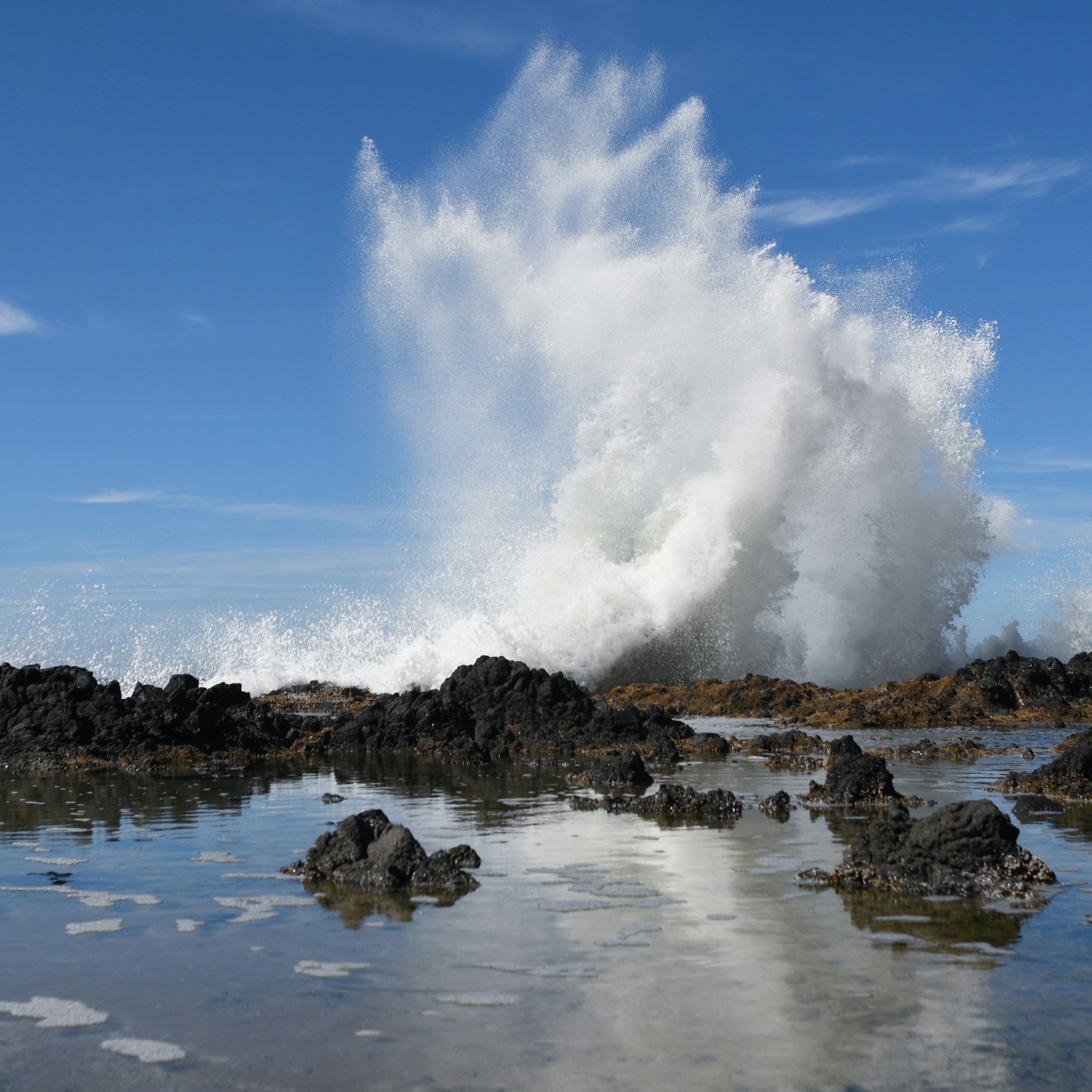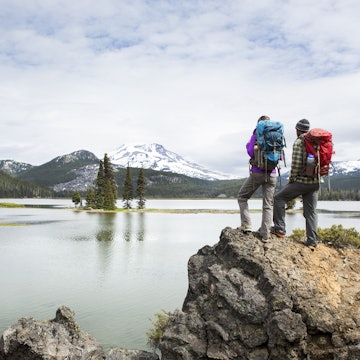

© Cavan Images / Getty Images
Overview
Fall in love with glittering Crater Lake, hike through deep forests or eat like royalty in Portland. It won't take long for you to be devoted to Oregon.
Lonely Planet's Recommended eSIM
Stay connected in Oregon
Saily is an affordable eSIM service that helps you stay connected and secure, anywhere in the world.
Must-see attractions
Planning Tools
Expert guidance to help you plan your trip
Best Things to Do
With top places to eat and drink, and outdoor activities to keep you entertained, Ashland offers far more that just the Oregon Shakespeare Festival.
Read full article
Best Places to Visit
From Portland to Crater Lake, the state's only national park, here are the unmissable places to visit in Oregon.
Read full article
Best Time to Visit
Planning your next wine-tasting, ski trip, or urban staycation? This guide has insider tips, seasonal events and more.
Read full article
Things to Know
From polite drivers to getting your camping and hiking permits early, here are some tips for traveling in Oregon from a local.
Read full article
Transportation
From scenic train journeys and long-distance buses to wild, windswept bike rides – getting around in Oregon is part of the adventure.
Read full article
Free Things to Do
Oregon is changing fast (and so is the cost of living), but the Pacific Northwest scenery comes for free. Here are the top free things to do in Oregon.
Read full article
Money and Costs
Traveling to Oregon doesn’t have to be expensive. These tips and tricks will help you save money in the Beaver State.
Read full article
Best Road Trips
Oregon’s myriad landscapes are like a playlist of Mother Nature’s greatest hits. These unforgettable road trips will show you the best of them.
Read full article
in partnership with getyourguide



